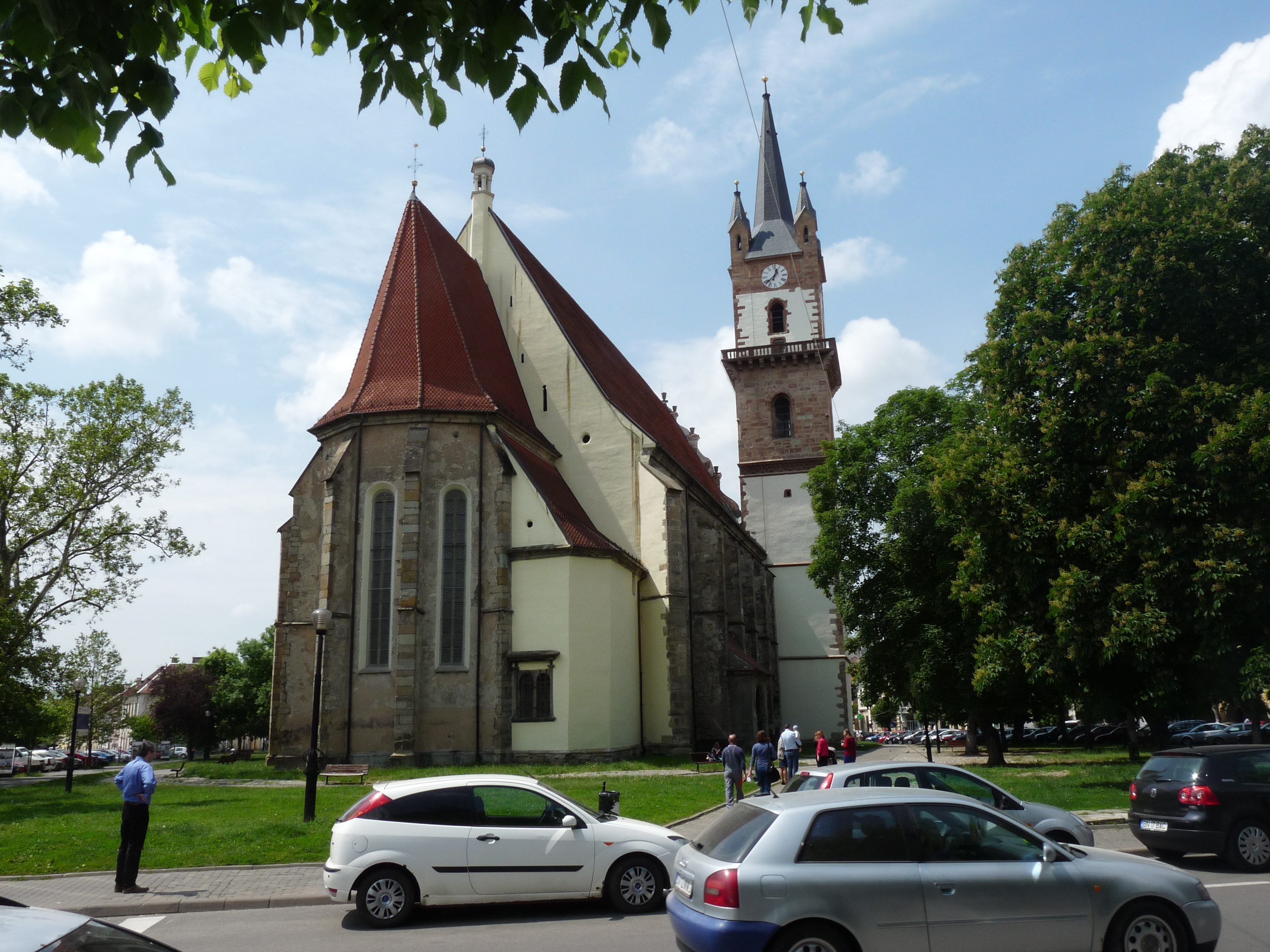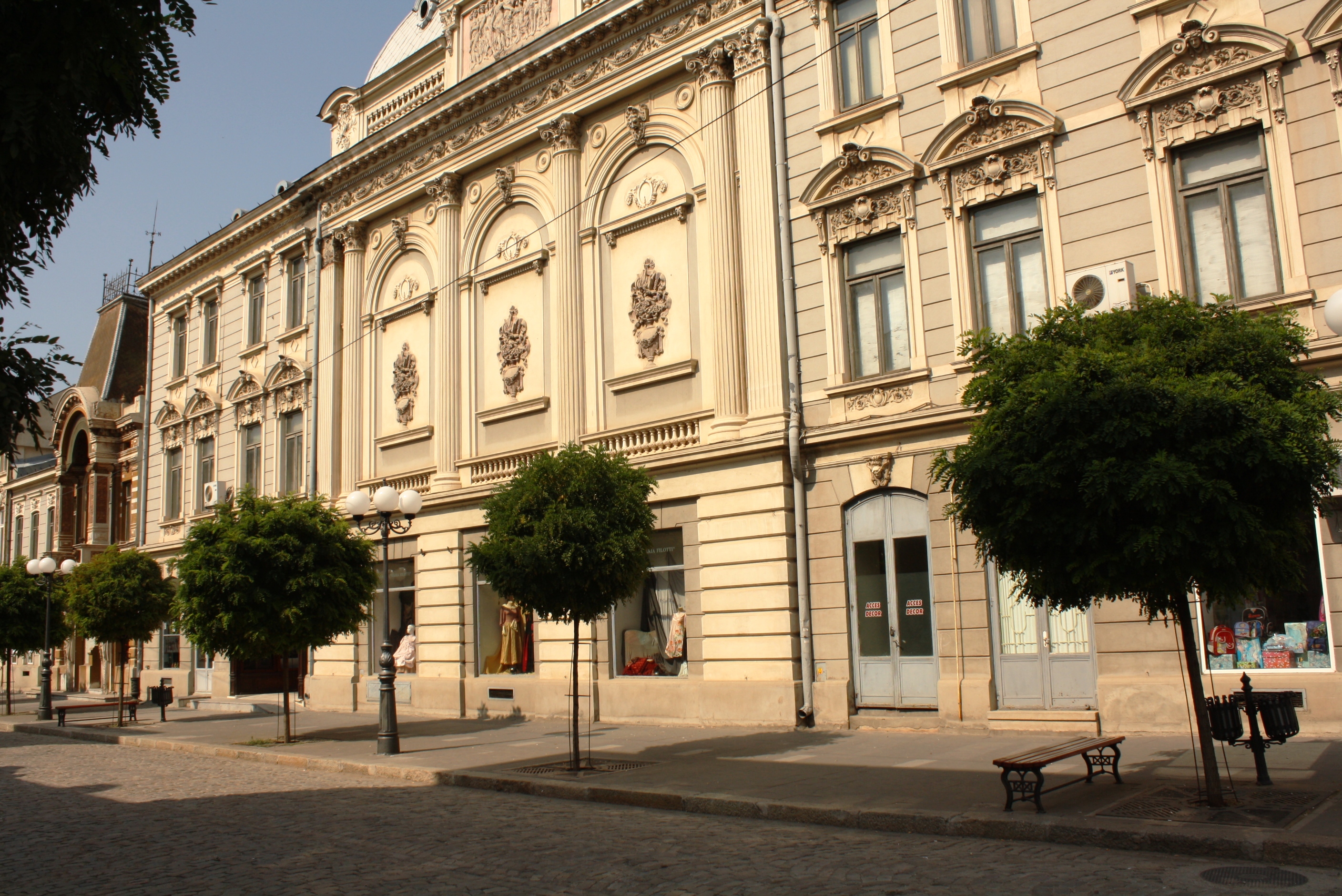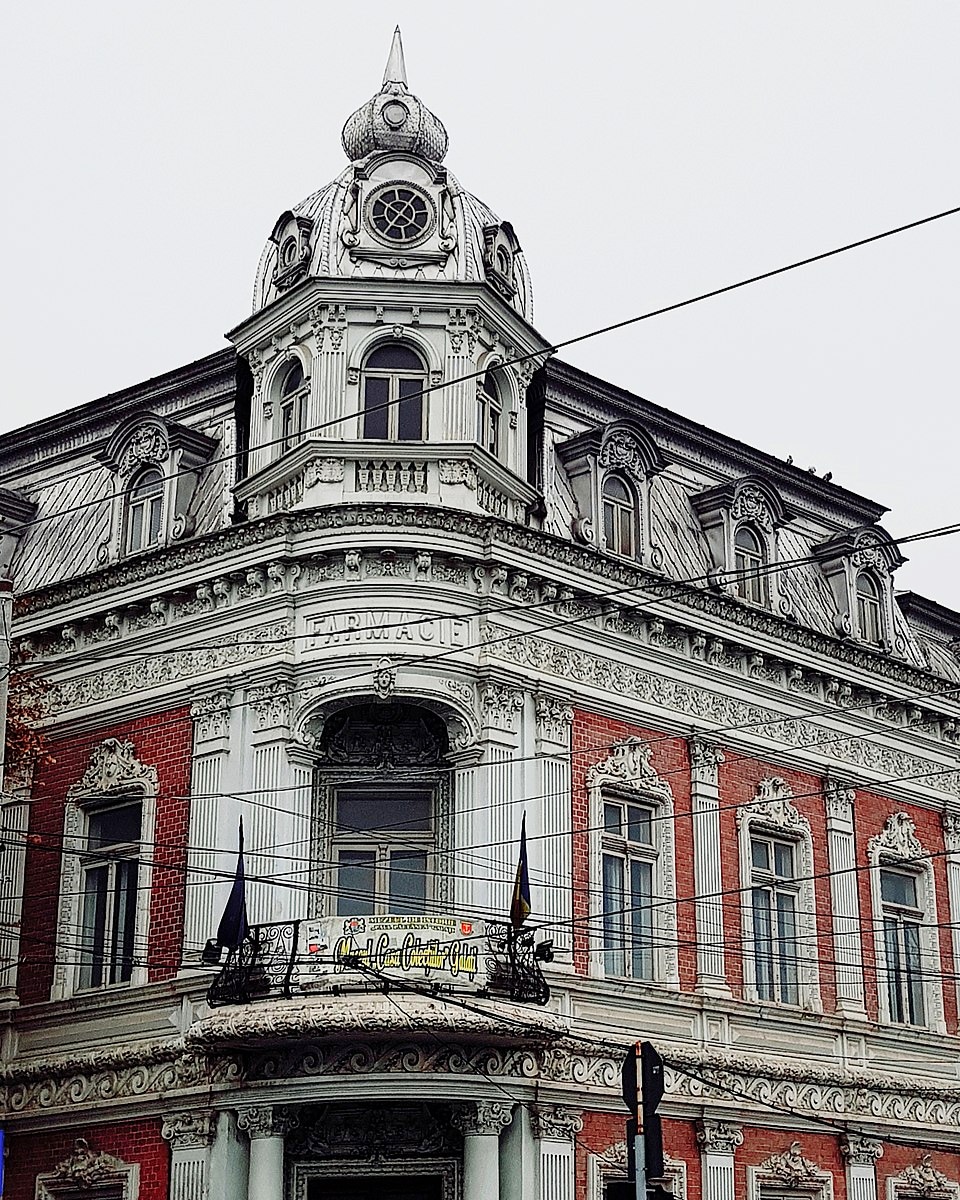|
2016–17 Liga Națională (women's Handball)
The 2016–17 Liga Națională was the 59th season of Liga Națională, the top-level women's professional handball league. The league comprises 12 teams. CSM București Clubul Sportiv Municipal București, commonly known as CSM București is a Romanian professional Sports club, multi-sports club based in Bucharest. Departments Active branches: *Sport of athletics, Athletics *Basketball *Dancesport *Handball *Jud ... were the defending champions, for the second season in a row. Teams for season 2016–17 League table Standings Pld – Played; W – Won; D – Drawn; L – Lost; GF – Goals for; GA – Goals against; Diff – Difference; Pts – Points. 1 Danubius Galați had 1 point deducted . Season statistics Number of teams by counties External links Romanian Handball Federaration Liga Națională (women's handball) 2016 in Romanian women's sport 2017 in Romanian women's sport 2016–17 domestic handball leagues {{handball-competition-stub ... [...More Info...] [...Related Items...] OR: [Wikipedia] [Google] [Baidu] |
2015–16 Liga Națională (women's Handball)
The 2015–16 Liga Națională was the 58th season of Liga Națională, the top-level men's professional handball league. The league comprises fourteen teams. CSM București were the defending champions. Teams for season 2015–16 League table Pld – Played; W – Won; D – Drawn; L – Lost; GF – Goals for; GA – Goals against; Diff – Difference; Pts – Points. Season statistics Number of teams by counties Romenian clubs in European competitions Women's EHF Champions League *CSM București FINAL 4 Semifinal: SM ardar Skopje 27–21; 1-2 Places: SM yőr 29-26 * HCM Baia Mare Women's EHF Cup *ASC Corona 2010 Brașov * H.C.M. Roman Women's EHF Cup Winners' Cup The Women's EHF Cup Winners' Cup was the official competition for women's handball clubs of Europe that won their national cup, and took place every year from 1976 to 2016 (until 1993 organized by IHF instead of EHF). From the 2016–17 season, th ... * SC Municipal Craiova External li ... [...More Info...] [...Related Items...] OR: [Wikipedia] [Google] [Baidu] |
Bistrița
(; german: link=no, Bistritz, archaic , Transylvanian Saxon: , hu, Beszterce) is the capital city of Bistrița-Năsăud County, in northern Transylvania, Romania. It is situated on the Bistrița River. The city has a population of approximately 70,000 inhabitants and administers six villages: (; ), (; ), (; ), (; ), (until 1950 ; ; ) and (; ). Etymology The town was named after the River, whose name comes from the Slavic word meaning 'fast-moving water'. History The earliest sign of settlement in the area of is in Neolithic remains. The Turkic Pechenegs settled the area in 12th century following attacks of the Cumans. Transylvanian Saxons settled the area in 1206 and called the region . A large part of settlers were fugitives, convicts, and poor people looking for lands and opportunities. The destruction of ("Market Nösen") under the Mongols of central Europe is described in a document from 1241. The city was then called . Situated on several trade routes, bec ... [...More Info...] [...Related Items...] OR: [Wikipedia] [Google] [Baidu] |
Craiova
Craiova (, also , ), is Romania's 6th Cities in Romania, largest city and capital of Dolj County, and situated near the east bank of the river Jiu River, Jiu in central Oltenia. It is a longstanding political center, and is located at approximately equal distances from the Southern Carpathians (north) and the Danube, River Danube (south). Craiova is the chief commercial city west of Bucharest and the most important city of Oltenia. The city prospered as a regional trading centre despite an earthquake in 1790, a plague in 1795, and a Ottoman Empire, Turkish assault in 1802 during which it was burned. Eight villages are administered by the city: Făcăi, Mofleni, Popoveni, Șimnicu de Jos, Cernele, Cernelele de Sus, Izvoru Rece, and Rovine. The last four were a separate commune called ''Cernele'' until 1996, when they were merged into the city. Etymology and names There are two possible etymologies for Craiova: Common Slavonic, Old Slavonic ''wikt:kral, kral'' ("king"), which has be ... [...More Info...] [...Related Items...] OR: [Wikipedia] [Google] [Baidu] |
Cisnădie
Cisnădie (; german: Heltau; Transylvanian Saxon dialect: ''Hielt''; hu, Nagydisznód) is a town in Sibiu County, Transylvania, central Romania, approximately south of Sibiu (german: Hermannstadt). One village, Cisnădioara (german: Michelsberg; hu, Kisdisznód), is administered by the town. History Cisnădie was mentioned for the first time in a document from the year 1204 under the name "Rivetel". In the 12th century Saxon colonists settled here and in 1323 the German name ''Heltau'' is mentioned. The town flourished, particularly the guilds of blacksmiths and wool weavers (weaving remained the traditional occupation of the town population until the 20th century, when large textile factories were built). Cisnădie shared most of Transylvania's eventful history. The town suffered several raids, starting with the 1241 raid of the Mongols and continuing with Ottoman attacks. The plague did not spare the town, neither did the fire nor various political agitations througho ... [...More Info...] [...Related Items...] OR: [Wikipedia] [Google] [Baidu] |
Traian Sports Hall
Traian Sports Hall ( ro, 'Sala Sporturilor Traian') is an indoor arena in Râmnicu Vâlcea, Romania Romania ( ; ro, România ) is a country located at the crossroads of Central, Eastern, and Southeastern Europe. It borders Bulgaria to the south, Ukraine to the north, Hungary to the west, Serbia to the southwest, Moldova to the east, and .... It is primarily used for handball. The hall was renovated in 2011. References {{Romania-sports-venue-stub Indoor arenas in Romania Handball venues in Romania Râmnicu Vâlcea 1982 establishments in Romania ... [...More Info...] [...Related Items...] OR: [Wikipedia] [Google] [Baidu] |
Râmnicu Vâlcea
Râmnicu Vâlcea (also spelled ''Rîmnicu Vîlcea'' or, in the past, ''Rîmnic-Vâlcea'', ) (population: 92,573 as per the 2011 Romanian census) is the county capital ( ro, Reședință de județ) and also the largest town of Vâlcea County, central-southern Romania (in the historical province of Oltenia). Geography and climate Râmnicu Vâlcea is situated in the central-south area of Romania and is the county capital of Vâlcea County. Set at the foothills of the Southern Carpathians, the town is located at about from the Cozia Mountains and about from the Făgăraș and Lotrului Mountains. The southern limit of the city is formed by the Getic Plateau ( ro, Platoul Getic) and the Olt River valley. The E81 road (a road of European interest) and one of the main national railway routes cross the town. According to Köppen climate classification, the climate of the town is defined as Dfa (humid continental with warm summers) bordering Cfa (humid subtropical). Precipitatio ... [...More Info...] [...Related Items...] OR: [Wikipedia] [Google] [Baidu] |
Zalău
Zalău (, unofficial and former official name: ro, Zălau (; german: Zillenmarkt or , hu, Zilah, tr, Zile) is the seat of Sălaj County, Romania. In 2011, its estimated population was 56,202. History Ancient times Zalău is situated in the area inhabited by "Free Dacians", away from the historical landmark of Porolissum, a well-preserved Roman Castrum with an imposing fortress, an amphitheater, temples, houses and a customs house in the ancient Roman province of Dacia. Zalău was the crossing point between Central Europe and Transylvania, along the so-called "Salt Route". Archaeological discoveries revealed evidence of human existence in this area since the Neolithic, approx. 6500 years ago. Dacian coins found in archaeological perimeters of the city central area and on the Valea Mâții, west of the city, plus important items belonging to Roman culture, are evidence of free Dacian continuity in this area and of developing economic relations with the Roman ancient city of ... [...More Info...] [...Related Items...] OR: [Wikipedia] [Google] [Baidu] |
Brăila
Brăila (, also , ) is a city in Muntenia, eastern Romania, a port on the Danube and the capital of Brăila County. The ''Sud-Est'' Regional Development Agency is located in Brăila. According to the 2011 Romanian census there were 180,302 people living within the city of Brăila, making it the 11th most populous city in Romania. The current mayor of Brăila is . History Origins Before 14th century, a small village existed in the place of today's Brăila, probably inhabited by fishermen and small merchants.Rădvan, p.248 The village fell to the Mongols during the 1241 Mongol invasion of Europe and it was under direct control of the rulers of Argeș in mid-14th century. A settlement called ''Drinago'' was found in several 14th century Catalan and Castillian portolan charts ( Angelino de Dalorto, 1325/1330 and Angelino Dulcert, 1339), as well as in the ''Book of Knowledge of All Kingdoms''. This may have been an erroneous transcription of ''Brillago'', a name which was l ... [...More Info...] [...Related Items...] OR: [Wikipedia] [Google] [Baidu] |
Dunărea Sports Hall (Galați)
Dunărea Sports Hall is an indoor arena in Galați, Romania Romania ( ; ro, România ) is a country located at the crossroads of Central, Eastern, and Southeastern Europe. It borders Bulgaria to the south, Ukraine to the north, Hungary to the west, Serbia to the southwest, Moldova to the east, and ... and is the home ground of basketball, handball and volleyball clubs from Galați. The arena holds 1,500 fans. References Sport in Galați Indoor arenas in Romania Buildings and structures in Galați County Basketball venues in Romania {{Romania-sports-venue-stub ... [...More Info...] [...Related Items...] OR: [Wikipedia] [Google] [Baidu] |
Galați
Galați (, , ; also known by other alternative names) is the capital city of Galați County in the historical region of Western Moldavia, in eastern Romania. Galați is a port town on the Danube River. It has been the only port for the most part of Moldavia's existence. In 2011, the Romanian census recorded 249,432 residents, making it the 8th most populous city in Romania. Galați is an economic centre based around the port of Galați, the naval shipyard, and the largest steel factory in Romania, Galați steel works. Etymology and names The name ''Galați'' is derived from the Cuman word . This word is ultimately borrowed from the Persian word , "fortress". Other etymologies have been suggested, such as the Serbian . However, the ''galat'' root appears in nearby toponyms, some of which show clearly a Cuman origin, for example Gălățui Lake, which has the typical Cuman -''ui'' suffix for "water". Another toponym in the region is Galicia, with its town of Halych, locally ... [...More Info...] [...Related Items...] OR: [Wikipedia] [Google] [Baidu] |
Roman, Romania
Roman () is a city located in the central part of Western Moldavia, a traditional region of Romania. It is located 46 km east of Piatra Neamț, in Neamț County at the confluence of the rivers Siret and Moldova. Its name was taken from Moldavian Voivode Roman I of Moldavia. From here prince Roman realized the centralization of Moldavia, the city of Roman being the capital of the Lower Country of Moldavia ( ro, Țara de Jos). History The earliest mention of the city is in the Novgorod Chronicle (dated between 1387 and 1392). Five years later, the name appeared on a donation deed. The city is mentioned in a Moldavian document, signed by Moldavia's Voivode Roman I, on March 30. The document is one of the first of documents of the then-young state of Moldavia, being the first which holds a fully legible version of the Moldavia seal, bearing the aurochs, the moon, the star, and the flower, still in use on coat of arms of Moldova. Roman became a diocesan see in September 14, 140 ... [...More Info...] [...Related Items...] OR: [Wikipedia] [Google] [Baidu] |
Dumitru Popescu Colibași Sports Hall
Dumitru is a Romanian surname and given name. Notable people with the surname include: *Alina Alexandra Dumitru (born 1982), Romanian judoka *Alexe Dumitru (1935–1971), Romanian sprint canoer *Ion Dumitru (born 1950), Romanian footballer *Nicolao Dumitru (born 1991), Italian footballer *Ted Dumitru (1939–2016), Romanian football manager Notable people with the given name include: * Dumitru Bâșcu (1902–1983), Romanian painter *Dumitru Berciu (1907–1998), Romanian historian and archaeologist *Dumitru Caracostea (1879–1964), Romanian folklorist, literary historian, and critic * Dumitru Carlaonț (1888–1970), Romanian general *Dumitru Ciotti (1882/1885–1974), Megleno-Romanian activist, editor and schoolteacher * Dumitru Corbea (1910–2002), Romanian writer * Dumitru Cornilescu (1891–1975), Romanian theologian * Dumitru Karnabatt (1877–1949), Romanian poet, art critic, and political journalist * Dumitru C. Moruzi (1850–1914), Moldavian-born Russian and Romanian ar ... [...More Info...] [...Related Items...] OR: [Wikipedia] [Google] [Baidu] |



.jpg)



